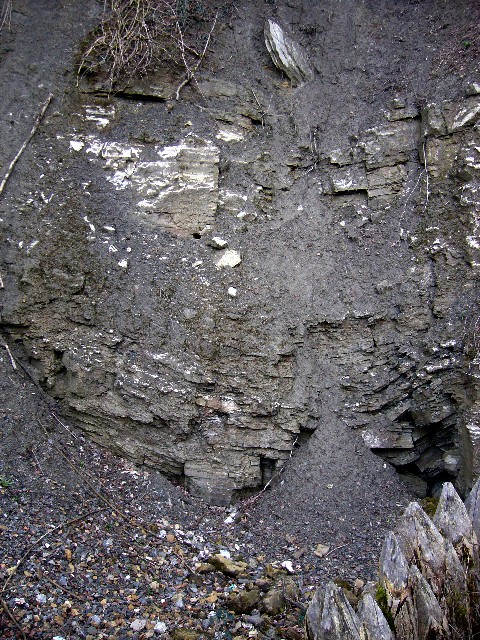170 Millionen Jahre in 170 Metern EarthCache
170 Millionen Jahre in 170 Metern
-
Difficulty:
-

-
Terrain:
-

Size:  (not chosen)
(not chosen)
Please note Use of geocaching.com services is subject to the terms and conditions
in our disclaimer.
---------
DEUTSCH
---------
Geologische Schichten, sichtbar an einem ehemaligen
Stolleneingang. Meeresablagerungen in Schichten aus dem Trias in
236m NN Höhe
Die Gegend um den Stromberg (Schengen, Luxemburg) zeichnet sich
durch eine hohe Dichte an geologischen Schichten aus. Zwischen dem
Moseltal (145 m NN) und dem höchsten Punkt am Plateau (315 m NN)
liegen rund 170 Millionen Jahre Erdgeschichte.
Direkt neben dem ehem. Eingang befindet sich ein Infostand mit
Tafeln zur Zeitgeschichte und Gesteinsproben zum Anfassen.
Macht ein Foto von euch mit GPS am Earthcache und schreibt mir
die Jahreszahl vom Beginn des Gipsabbaus.
Bei richtiger Lösung gibt es die Logfreigabe!
Logeinträge ohne Lösung bzw. ohne Logfreigabe werden gelöscht!
Im Moselbett liegt die älteste Schicht, Quarzit aus der Devon-Zeit,
ca. 400 Millionen Jahren. Dieser hat sich aus angestautem Sand
gebildet, der sich verfestigt hat. Am Anfang des Trias vor ca. 250
Mio. Jahren war die Gegend vom Meer bedeckt, dessen Ablagerungen
sich darüber gebildet haben, Trias Buntsandstein. Es folgen
Schichten von Gips und Dolomit aus dem Mittleren Trias.
Das Foto zeigt den ehemaligen Eingang zum Stollen. Die Schichten
haben nachgegeben und haben sich halbrund verformt in die
Stollenöffnung gelegt.

---------
ENGLISH
---------
Geological beds in an entrance of a former gypsum mine. Very exact
sediments of a former sea, 250 Million years ago.
Today we visit the small village SCHENGEN, found in the so called
'Three Country Area' of Germany, France und Luxembourg.
At the 'Strombierg', a small mountain, you can find a very high
rate of different beds. Between the river 'Mosel' at 145 m and the
top of the 'Strombierg' (315 m) the time difference in the beds is
about 170 million years (in 170 m) !
The oldest bed is the quartzit near the river, which is about 400
Million years of age. It became of the compressed sand of the
river. 250 Million years ago this area was covered by sea, whose
sediments built the next beds: bunter, gypsum and dolomite.
On the foto you can see the former entrance of the gypsum-mine,
which now is blocked by beds of stone and sediments. At this place
you can recognice the different beds very exact; normally they are
covered with earth and vegetation.
Beside you find some info-boards with fotos, diagrams and
historical facts to the theme. The different kinds of beds are
exhibited by examples.
On face there are some banks and the relicts of the narrow-gauge
track system.
Nearby you find some info-boards.
Please mail me the year of the beginning of the gypsum- mining
and add a foto of you, your GPS and the Earthcache.
When the answer is right, you will receive the permission to log
the found!
Entries without permission will be deleted !
Additional Hints
(No hints available.)